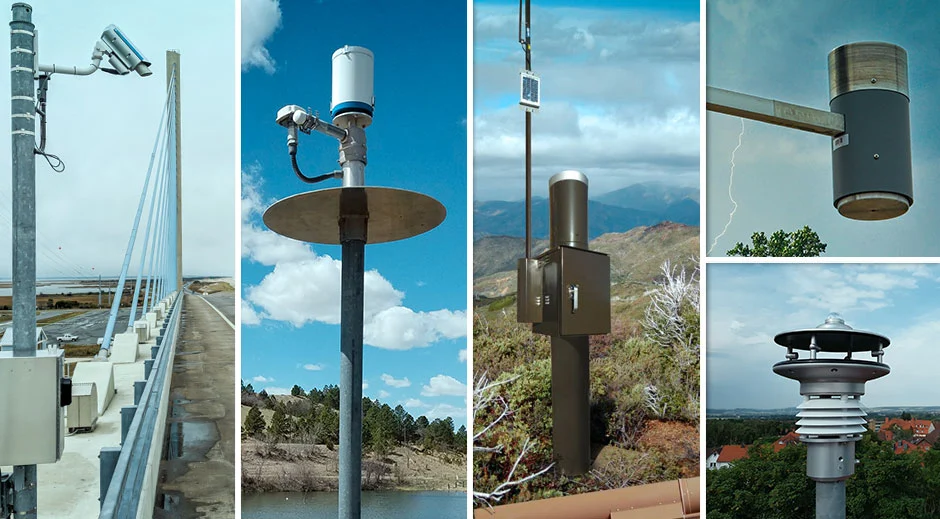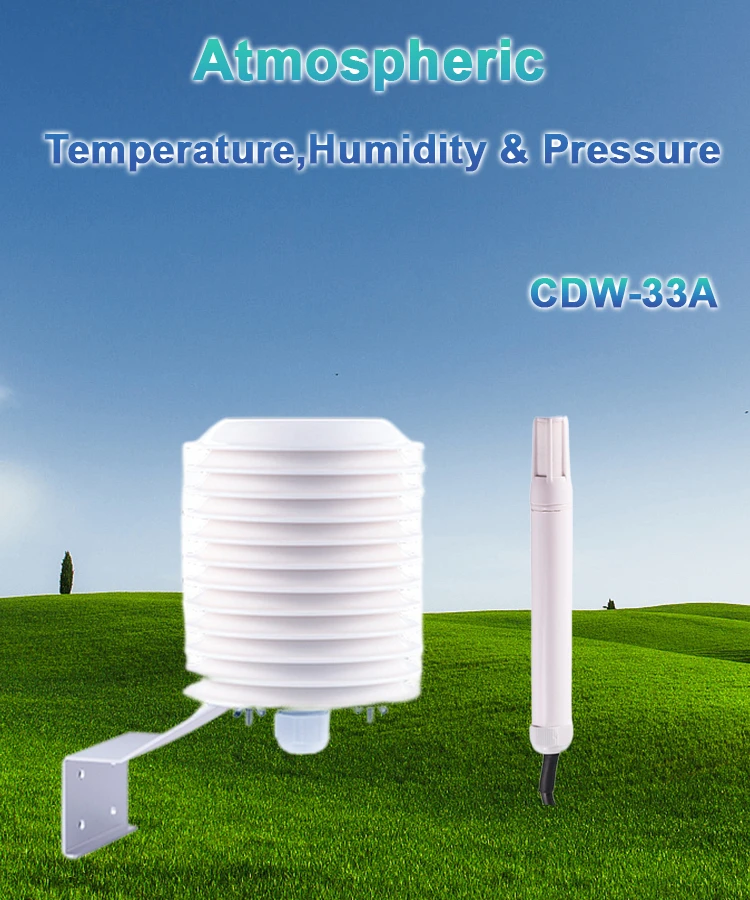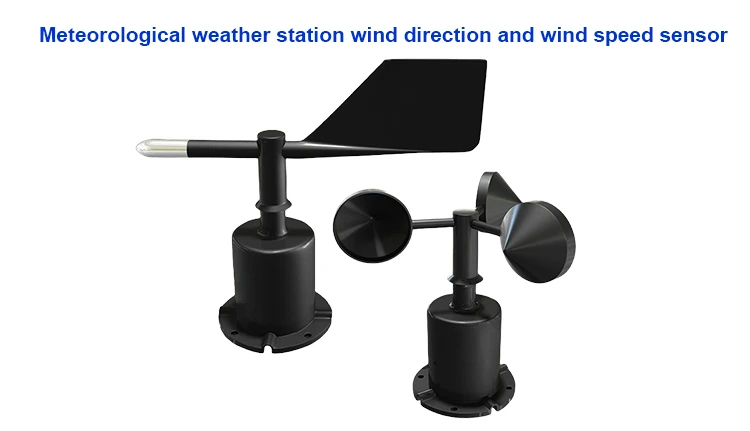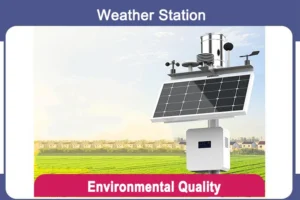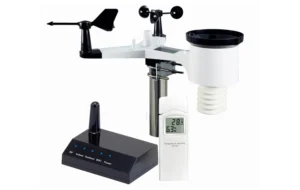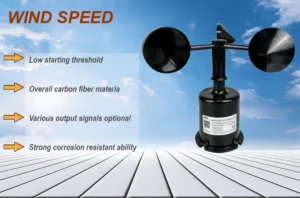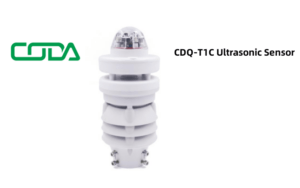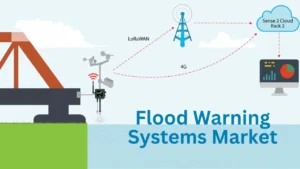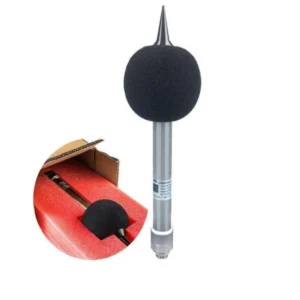How Do Weather Sensors Work?
Weather sensors are instrumental in gathering data about atmospheric conditions, enabling us to understand and forecast weather patterns more accurately. These devices detect various parameters such as temperature, humidity, wind speed, and precipitation, providing essential insights for applications like weather forecasting, aviation, agriculture, and environmental monitoring. In this guide, we’ll explore how weather sensors function and the advanced technology that powers them.
Types of Weather Sensors
Weather sensors come in different designs, each tailored to measure specific meteorological variables. Below are some of the most widely used types of weather sensors:
1. Temperature Sensors
Temperature sensors play a fundamental role in weather monitoring by measuring the ambient temperature of a location. This data helps meteorologists create accurate forecasts. Most temperature sensors rely on either thermistors or thermocouples. A thermistor measures temperature by altering its electrical resistance in response to changes in heat, while a thermocouple generates a voltage based on the temperature difference between its two junctions.
2. Humidity Sensors
Also known as hygrometers, humidity sensors measure the amount of moisture in the air—a critical factor influencing weather conditions. Commonly used types include capacitive and resistive humidity sensors. Capacitive sensors detect humidity by measuring changes in electrical capacitance as moisture levels fluctuate, whereas resistive sensors track variations in electrical resistance due to moisture absorption.
3. Barometric Pressure Sensors
Barometric pressure sensors, often referred to as barometers, measure atmospheric pressure. This information is vital for predicting both short-term weather changes and broader climatic trends. Barometric sensors can utilize technologies such as aneroid, mercury, or electronic mechanisms. Aneroid barometers feature a flexible metal disk that expands or contracts with pressure changes. Mercury barometers determine pressure by measuring the height of a mercury column, while electronic barometers use modern circuitry for precise readings.
4. Wind Speed and Direction Sensors
Wind sensors are critical for understanding air movement, helping to assess wind patterns for weather prediction. People commonly use anemometers to measure wind speed, and they design anemometers in types like cup, propeller, or ultrasonic ones. People deploy wind vanes to gauge wind direction, and they typically engineer a flat surface on wind vanes to align with the wind’s flow.
5. Precipitation Sensors
Precipitation sensors quantify the amount and intensity of rainfall, snowfall, or other forms of precipitation. Two widely used technologies for these measurements are tipping bucket rain gauges and optical rain sensors. Tipping bucket gauges function via a seesaw mechanism that tips whenever a specific volume of water is collected. Optical rain sensors, on the other hand, use infrared beams to detect individual raindrops and determine precipitation rates.
How Weather Sensors Operate
Understanding the operation of weather sensors requires exploring the principles behind the various types of sensors and their specific functions.
1. **Temperature Sensors**
Temperature sensors detect variations in temperature using either thermistors or thermocouples. Thermistors are composed of materials whose electrical resistance changes significantly with temperature shifts. People translate this resistance variation into an electrical signal for measurement and interpretation.In contrast, thermocouples operate by generating a small voltage when there is a temperature difference between their two junctions. This voltage corresponds to the temperature gradient and can be measured using specialized circuitry.
2. **Humidity Sensors**
Humidity sensors rely on how moisture impacts the electrical properties of certain materials. Capacitive humidity sensors feature a moisture-absorbing layer sandwiched between two conductive plates. As this layer absorbs moisture, its dielectric constant alters, changing the capacitance between the plates. This change is detected and converted into a humidity reading. Alternatively, resistive humidity sensors use materials whose electrical resistance shifts with moisture absorption. The resistance change is measured and translated into a humidity level.
3. **Barometric Pressure Sensors**
Barometric pressure sensors determine air pressure using a variety of mechanisms. Aneroid barometers contain a flexible, sealed chamber linked to an indicator that moves with changes in air pressure. As air pressure fluctuates, the chamber expands or contracts, resulting in mechanical movement of the indicator. Mercury barometers use a column of mercury in an inverted glass tube; the height of the mercury adjusts based on atmospheric pressure.
Modern electronic pressure sensors harness methods such as piezoresistive, capacitive, or resonant technologies. Piezoresistive sensors consist of diaphragms with resistors. When pressure varies, people observe that the diaphragm bends, altering the resistance, and then they measure this resistance to calculate pressure. Capacitive sensors measure changes in capacitance caused by diaphragm deflection in response to pressure shifts. Resonant pressure sensors utilize vibrating elements whose resonant frequencies change with air pressure.
4. **Wind Speed and Direction Sensors**
Wind speed is most commonly measured using anemometers. Cup anemometers feature rotating cups attached to a central axis; the number of rotations per unit of time provides the wind speed. Propeller anemometers function similarly but replace cups with spinning propellers. Ultrasonic anemometers emit sound waves to measure wind speed and direction, analyzing changes in travel time (time of flight) and frequency shifts (Doppler effect).
Wind direction is gauged using vanes, which are flat plates that align with airflow. The vane’s orientation reveals the wind’s direction.
5. **Precipitation Sensors**
Tipping bucket rain gauges collect and measure rainfall by directing water into two pivoted buckets beneath a funnel. When one bucket fills to a specified amount, it tips, discarding the water while the second bucket takes its place. People calculate the rainfall amount by counting the bucket tips. Optical rain sensors use infrared beams to detect rain presence and intensity by measuring how raindrops scatter the beam, converting this data into precipitation readings.
**Conclusion**
Weather sensors are indispensable for collecting and analyzing meteorological data, aiding in weather prediction and better comprehension of atmospheric behaviors. From tracking temperature and humidity to monitoring pressure, wind, and precipitation, these devices employ advanced technologies to ensure data accuracy and reliability. This information empowers individuals and organizations to make informed decisions about weather conditions. Next time you check a forecast, consider the advanced systems behind these readings.
